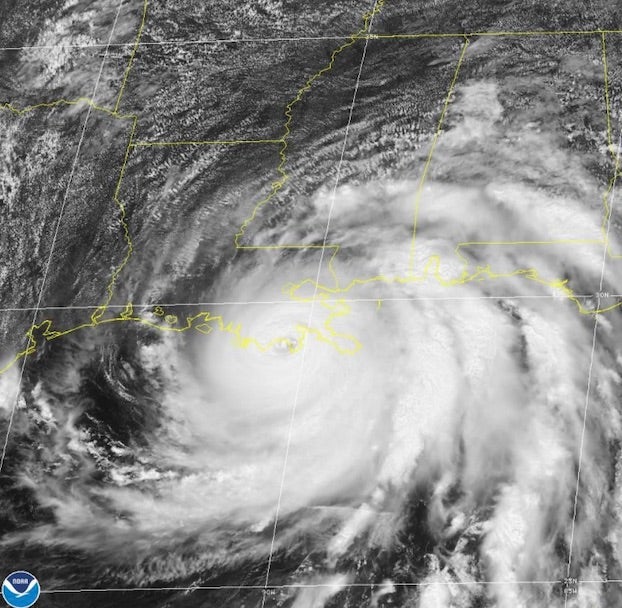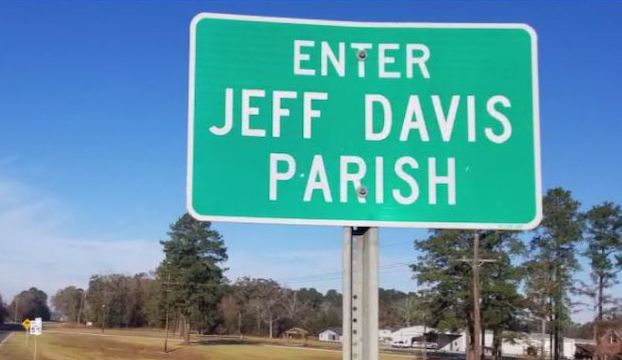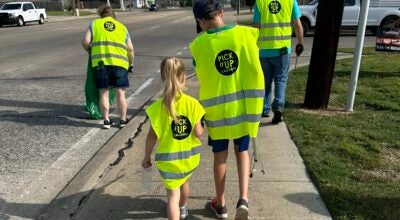Jim Beam column: ‘Ida is stronger than Laura’
Published 1:16 pm Sunday, August 29, 2021
Hurricane Ida was headed to southeast Louisiana when I wrote this, but there was a chance it could still move farther west. As one weatherman said, each hurricane has its own DNA.
Phil Grigsby, warning coordination meteorologist for the Slidell office of the National Weather Service, said, “You know how these storms are. They always wobble left or right as they approach and that means greater or less risk in New Orleans.”
The most disturbing news I heard came from Benjamin Schott, the meteorologist in charge of the New Orleans and Baton Rouge office of the National Weather Service. He put the major threat from wind, rain and storm surge, and then came his following warning:
“This is stronger than Laura from last year,” Schott said. “This will be a life-altering storm for those who aren’t prepared and ready to take what Ida’s going to throw at us later this weekend.”
It’s difficult to comprehend a storm that can be more damaging than Laura was last year. Drive around the Lake Charles area today and you can still see devastation in many places.
The property damage tells only part of the story. We don’t really know how many people left this area before the storm and never came back. However, it is estimated to be in the thousands.
The Advocate reported Saturday that public messages describing the risk accompanying Ida were downright scary. They talked about structural damage to sturdy buildings, winds that would down large trees and uproot fences and road signs, cause widespread power outages and flooding rain that would cause the overflow of rivers and tributaries.
The photos of the state Department of Transportation and Development showed westward-bound, jammed traffic on Interstate 10 early Saturday morning. It reminded me of my family’s 8-hour trip northward to Shreveport on U.S. 165 before Hurricane Rita struck southwest Louisiana in 2005.
FEMA administrator Deanne Criswell said, “It’s tough when these storms are forming so quickly and tough decisions have to be made and you have limited time to do it. We don’t know what the impacts are going to be yet, obviously, but it’s forming quickly; it keeps increasing in intensity.”
Gov. John Bel Edwards had this message for south Louisiana residents Friday: “Now is the time to finish your preparations, and I want to encourage everyone that by nightfall tomorrow (Saturday), you need to be where you intend to be to ride out the storm.”
We hope most citizens took his advice, but the reality is many people have no way to get where they really need to be. Many of the over 1,800 people in the New Orleans area who lost their lives during Hurricane Katrina in 2005 had that problem.
Grigsby, the Slidell meteorologist, said the storm surge threat is a major worry. The 350 miles of levees protecting New Orleans from flood waters were rebuilt by the U.S. Army Corps of Engineers and will face another major test this weekend.
Corps engineers and local levee officials made it clear before Ida that the improved levee system is designed to reduce the risk of the property inside, but not to protect human life.
President Joe Biden and Edwards both declared states of emergency that would lead to federal assistance. This area got that immediate help, but it is still awaiting federal supplemental disaster assistance over a year after Laura.
Lake Charles Mayor Nic Hunter said that there are an estimated 5,000 to 7,000 residents out of the roughly 80,000 city residents who are still displaced. They are waiting in other cities for their homes to be renovated.
Hunter mentioned the more than $9 billion allocated for the New Orleans Road Home program that helped provide sustainable housing for residents impacted by Hurricane Katrina.
“If this scenario was happening in another community that had more political clout and bandwidth, people would be screaming bloody murder,” Hunter said.
If we understand the situation correctly, a Biden signature could provide that help or it could come from Congress. Why it hasn’t materialized is extremely perplexing for this area’s public officials.
Now that Hurricane Ida has become a more serious threat for southeast Louisiana, is it possible that additional federal help for our area may never come? Time will tell.
Meanwhile, if Ida is as bad as meteorologists believe, all we can do at this point is pray for the safety of everyone in its path. We know what dangers they are facing. We also hope those who are impacted don’t experience the same homeowner insurance problems faced by so many in this area.






